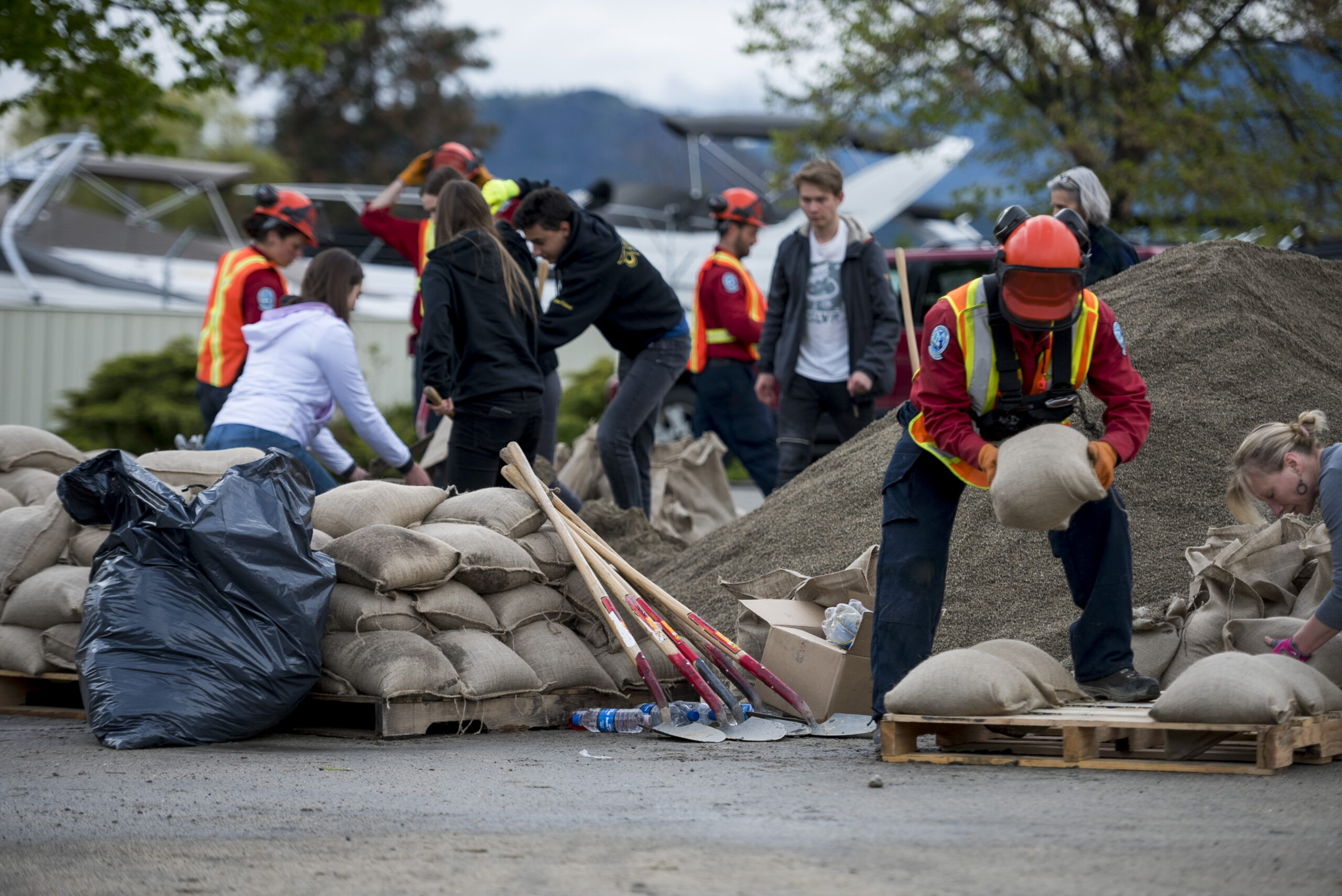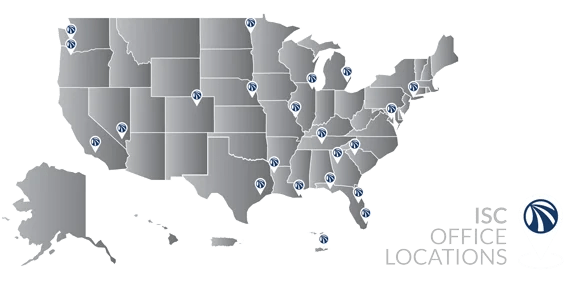The stress of the disaster and managing the recovery process continues long after the event. Even after the initial three months of the emergency period, many organizations are learning that even a trip to the dentist seem more preferable than dealing with FEMA and all of their bureaucratic requirements.
The important thing to know is, that it isn't too late to make corrective actions. In fact, it's better to make these changes and improvements now before you get even further down the road to recovery. Too often, communities and organizations learn the hard way that these challenges and issues just compound themselves and grow at an exponential rate.
With that, here are 12 actions you can take to improve your disaster recovery progress after the emergency period.
12 Actions to Successfully Recover from Disaster After the Emergency Period
- Complete thorough damage assessments to ensure all damage is captured. It’s not too late to document your damage due to the disaster.
- Learn to navigate FEMA’s Grants Portal website. It is the key to your recovery. If not, seek out an experienced professional.
- Correctly enter all of your Damaged Inventory items (DI’s) into Grants Portal before the deadline. Don’t be late!
- Complete all of the Scope Surveys and Essential Elements of Information (EEI’s) for each project.
- Draft an accurate DDD to ensure a successful FEMA site inspection, which will fast track your projects. This is especially critical if you have a “virtual tabletop” inspection.
- Group your damaged inventory items logically to maximize your FEMA reimbursements.Ensure all government and FEMA contract verbiage is included in all of your procurement documents and contracts. FEMA and the State require it.
- Accurately estimate your own projects. Hire a professional for more complicated repairs.
- Complete an accurate scope of work. It should be thorough and match both the site inspection report and DDD.
- Add mitigation to as many projects as possible to promote resiliency and help minimize future losses.
- Take advantage of the many FEMA policies that give you flexibility in your recovery process.
- Ensure all projects are closeout ready in order to pass the State review process.


